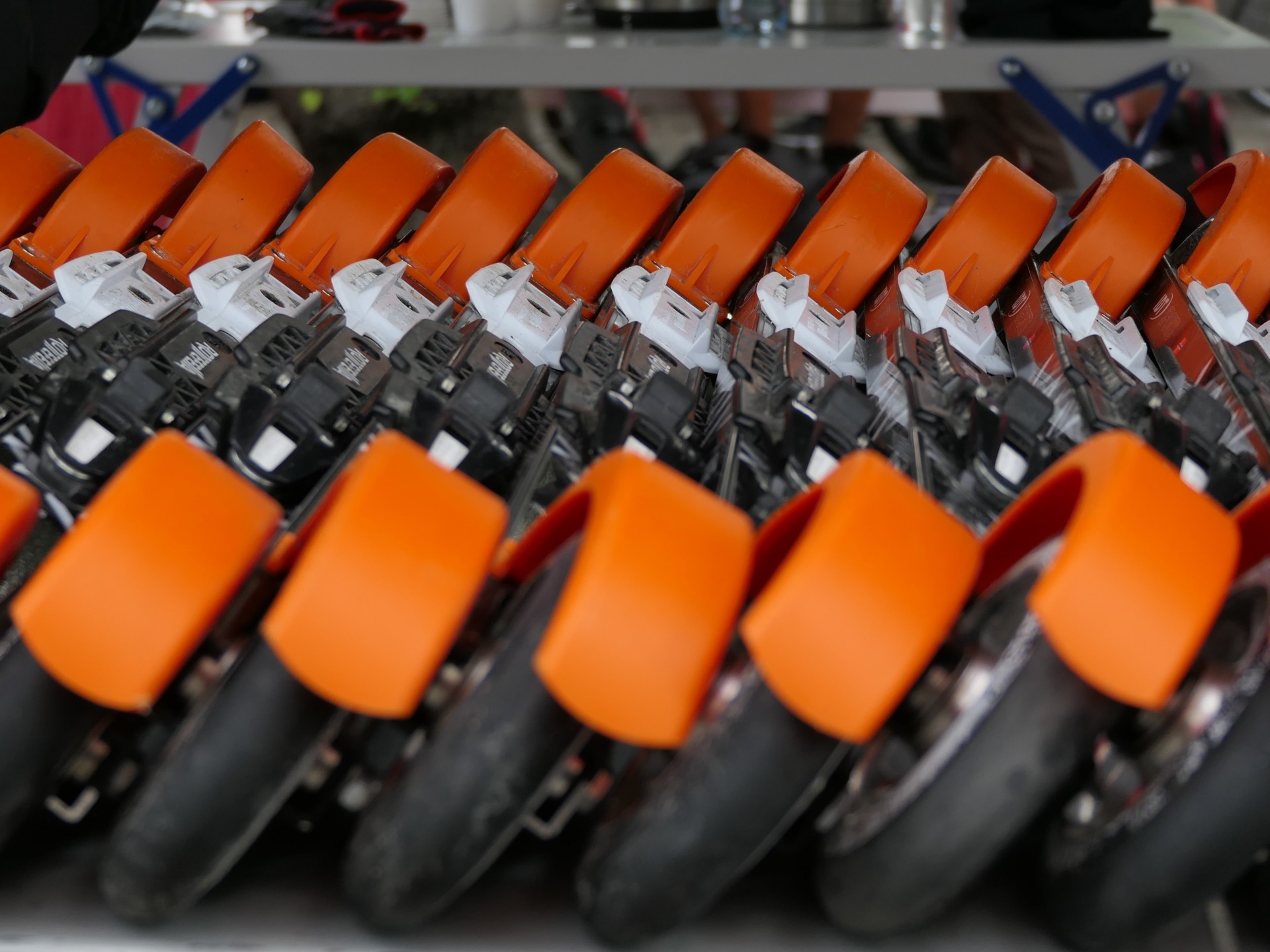
November 1st seems to be a good day to look back at what we saw on many a rollerski track & competition in the season behind us & to share the impressions.
A couple of points before we start:
– We absolutely refuse to be dragged into a conversation about which rollerskis are better and in what way. As far as we are concerned, the skiing public is discerning enough to make all the right choices. Choices both rational – and those determined by emotions.
– There will be nothing said about the so-called “speed rollerskis: those 530mm rockets have evolved into pretty much a separate sport with its own technique, races, stars etc. It hardly overlaps any longer with snow skiing ( only in boots and poles, to be precise) . It’s a venerable sport – but quite a different one. Oue story is about “slow” rollerskis that are meant to imitate xcski as close as possible.
– No company mentioned in our story was willing to go in record with its sales figures. We find that “established tradition” regrettable & outdated, but will instead share out observations & thoughts.
1. IDT will definitely go into the book about how to do marketing in skiing – if such a book would ever be written. In less than 10 years the Norwegian company moved from being a newbie to becoming a leader of the segment. And in the last year its dominance in elite/ advanced amateur sector seems to have increased even further. No huge wonder – all three of world’s top national teams: Norway, Sweden and Russia are training on aluminum skis made in Lena. IDT is sponsoring some of the biggest rollerski competitions, including Blink Skifest. That sort of exposure works!
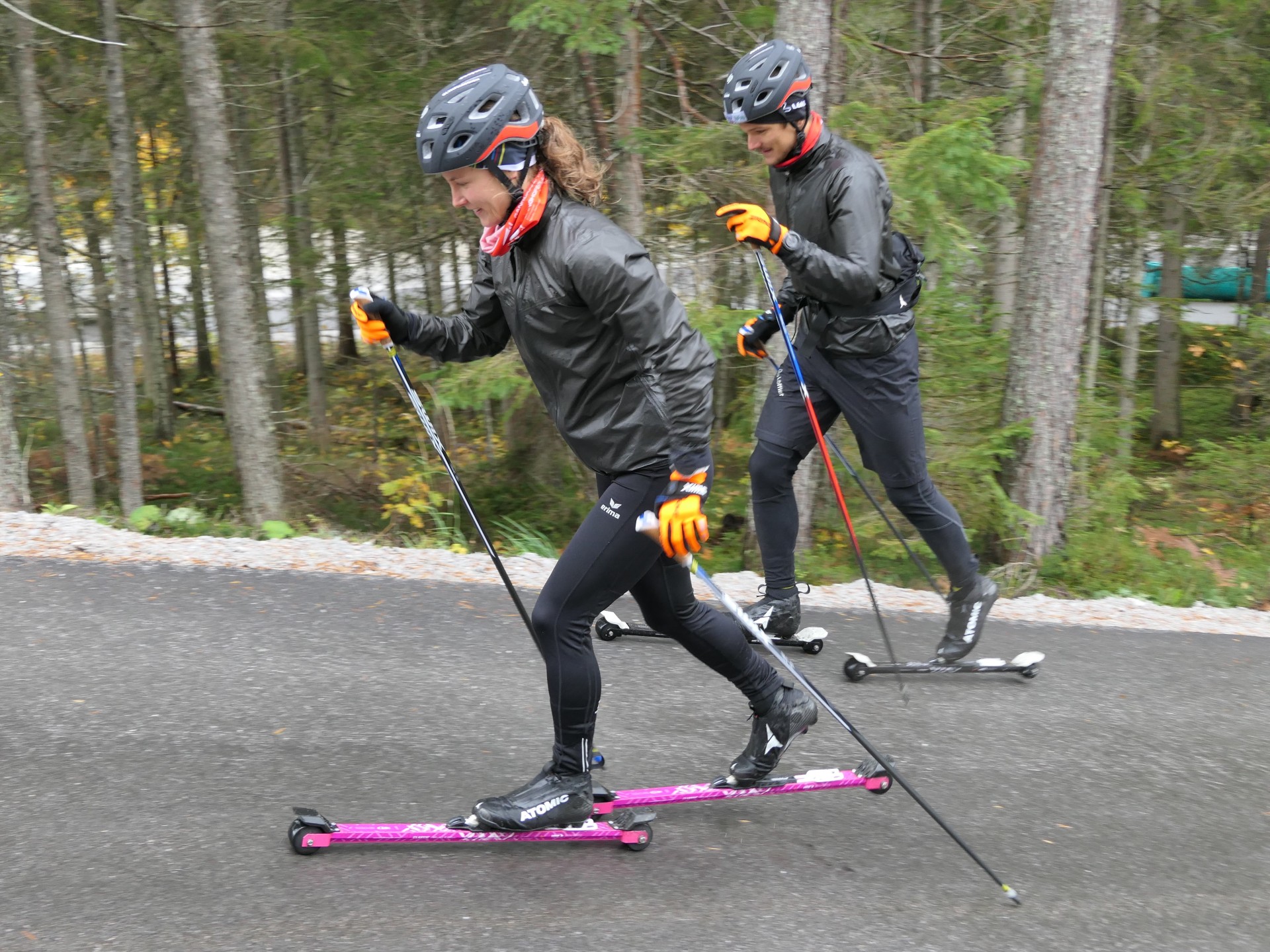
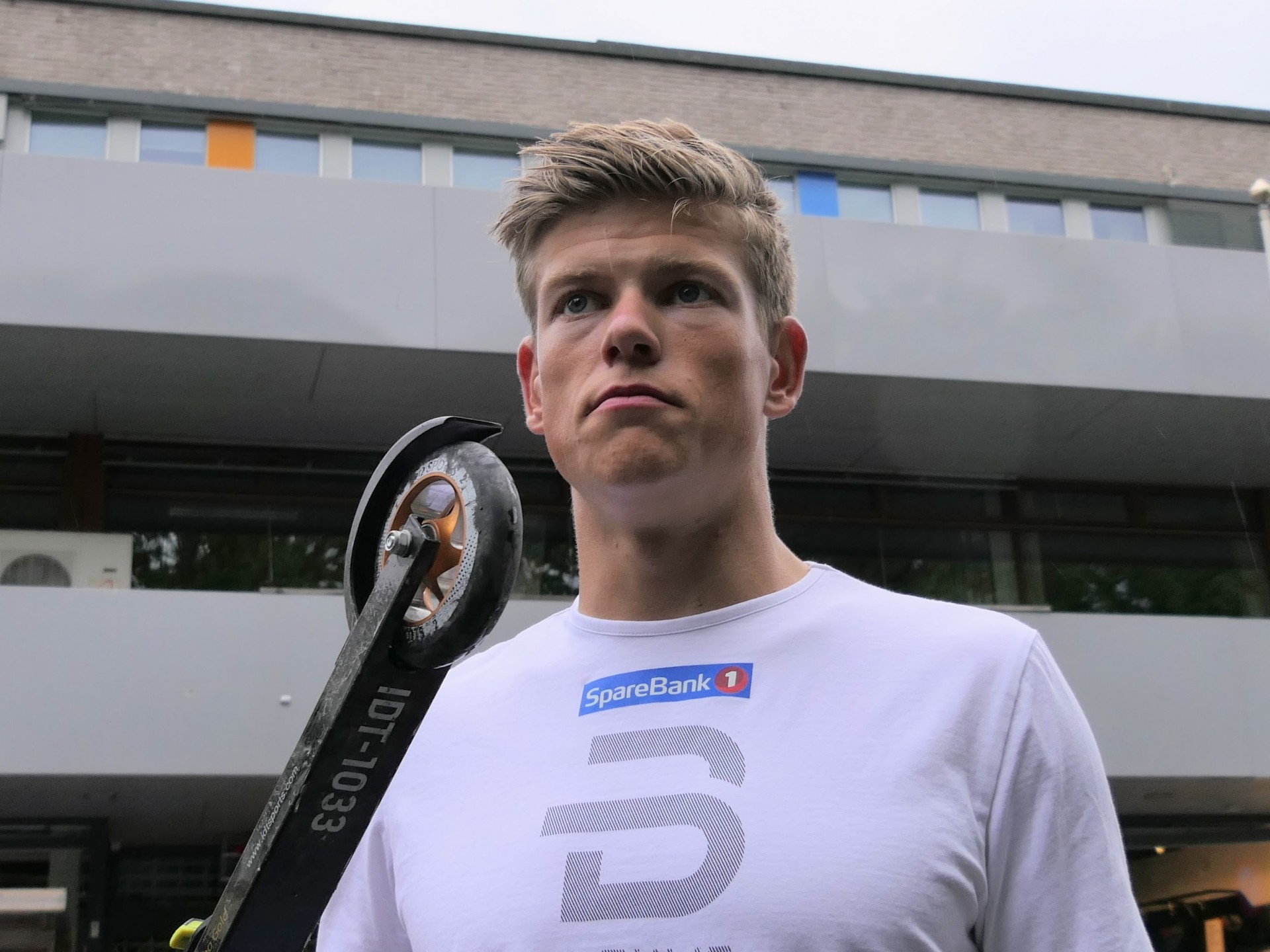
2. French Nordeex is lately taking the page straight out of that IDT book: sponsoring top stars, sure of promotion. And the growth of the brand recognition is rather explosive, in our opinion.
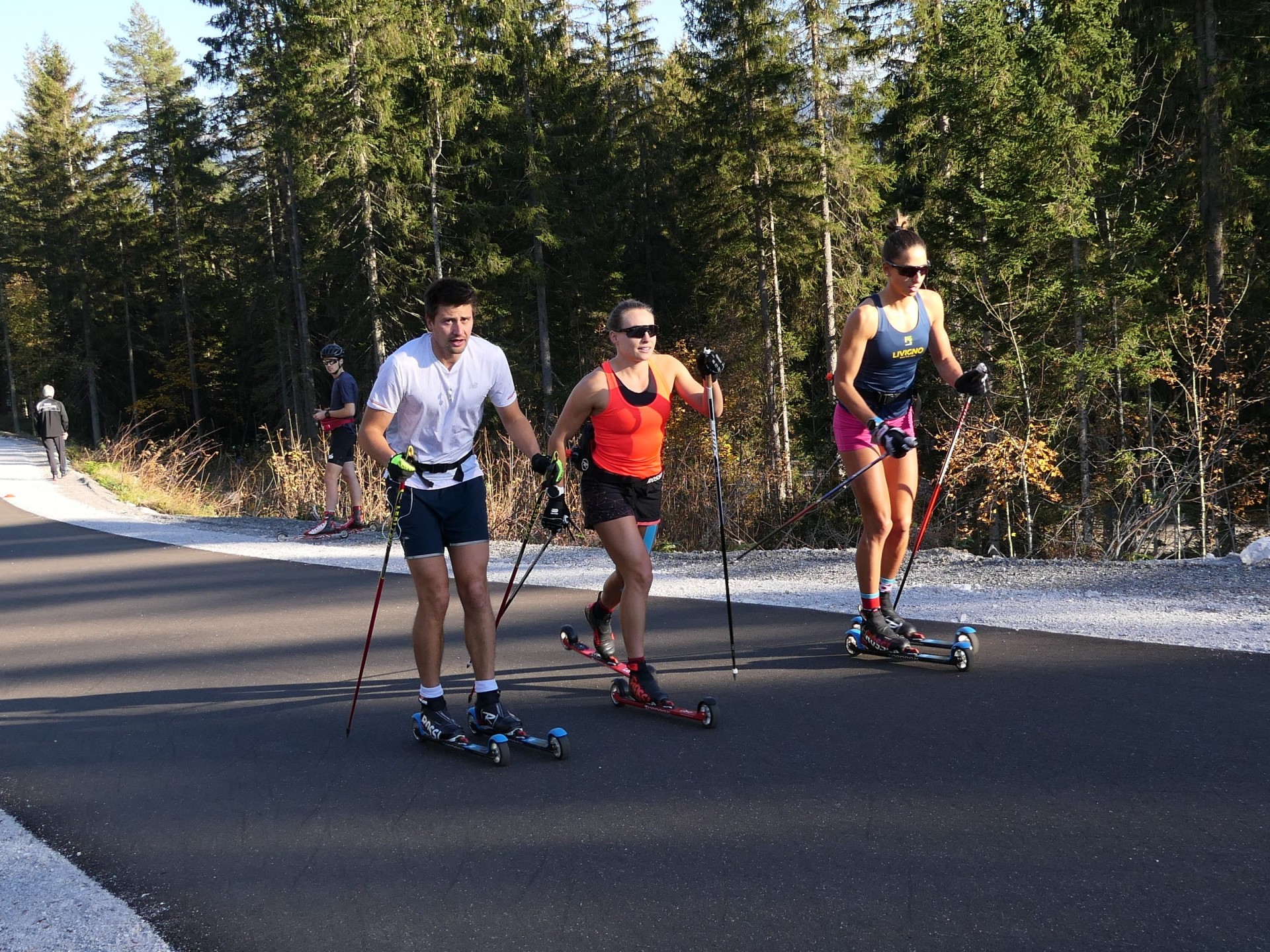
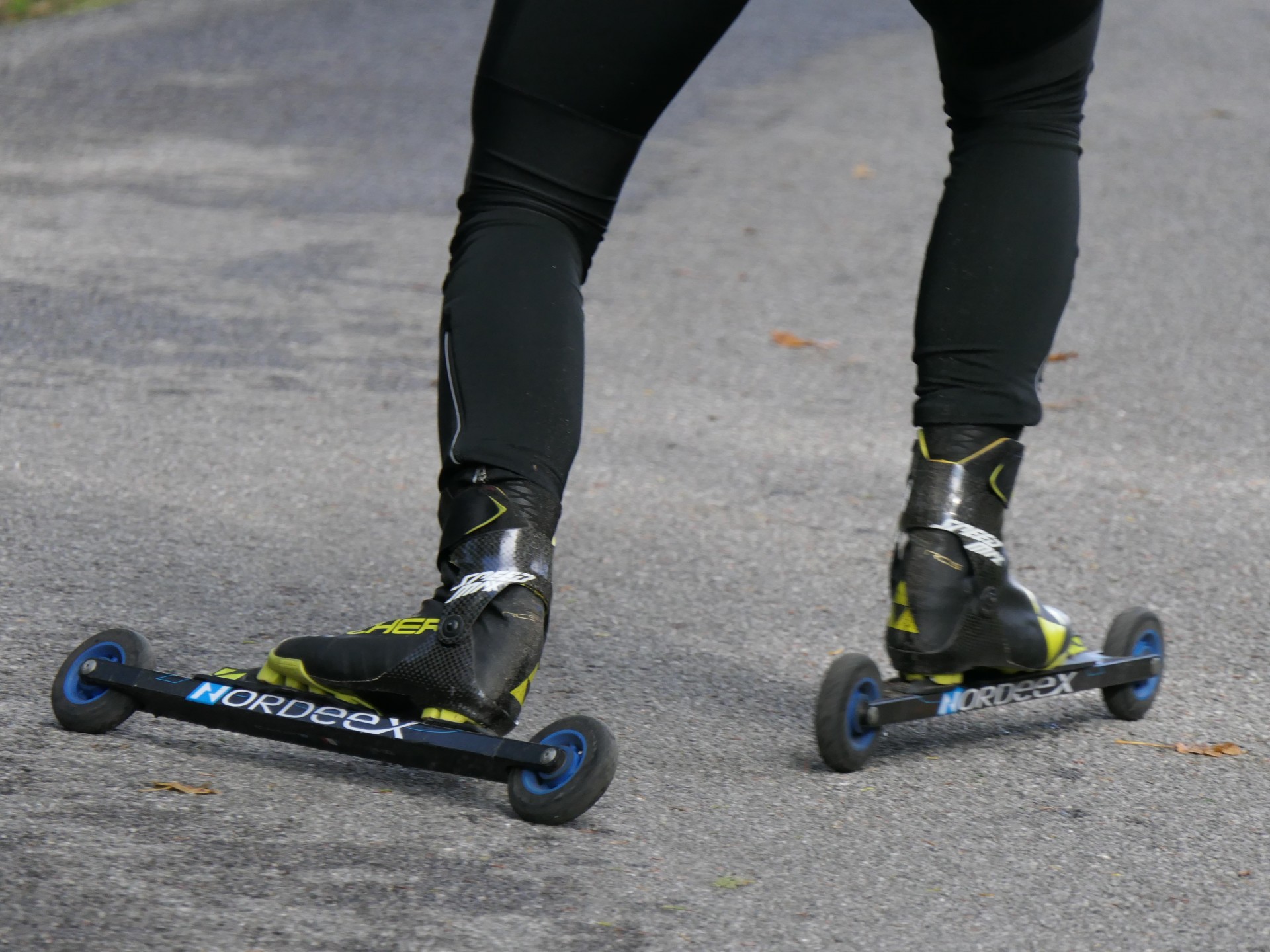
3. Swix seems to have also realized the potential of the rollerski market – and this year did a proper jump-in. One has to remember that Brav/Swix is a much, much larger company than either IDT or Norweex, thus able commit a lot more resources into marketing. If it chooses to do so.
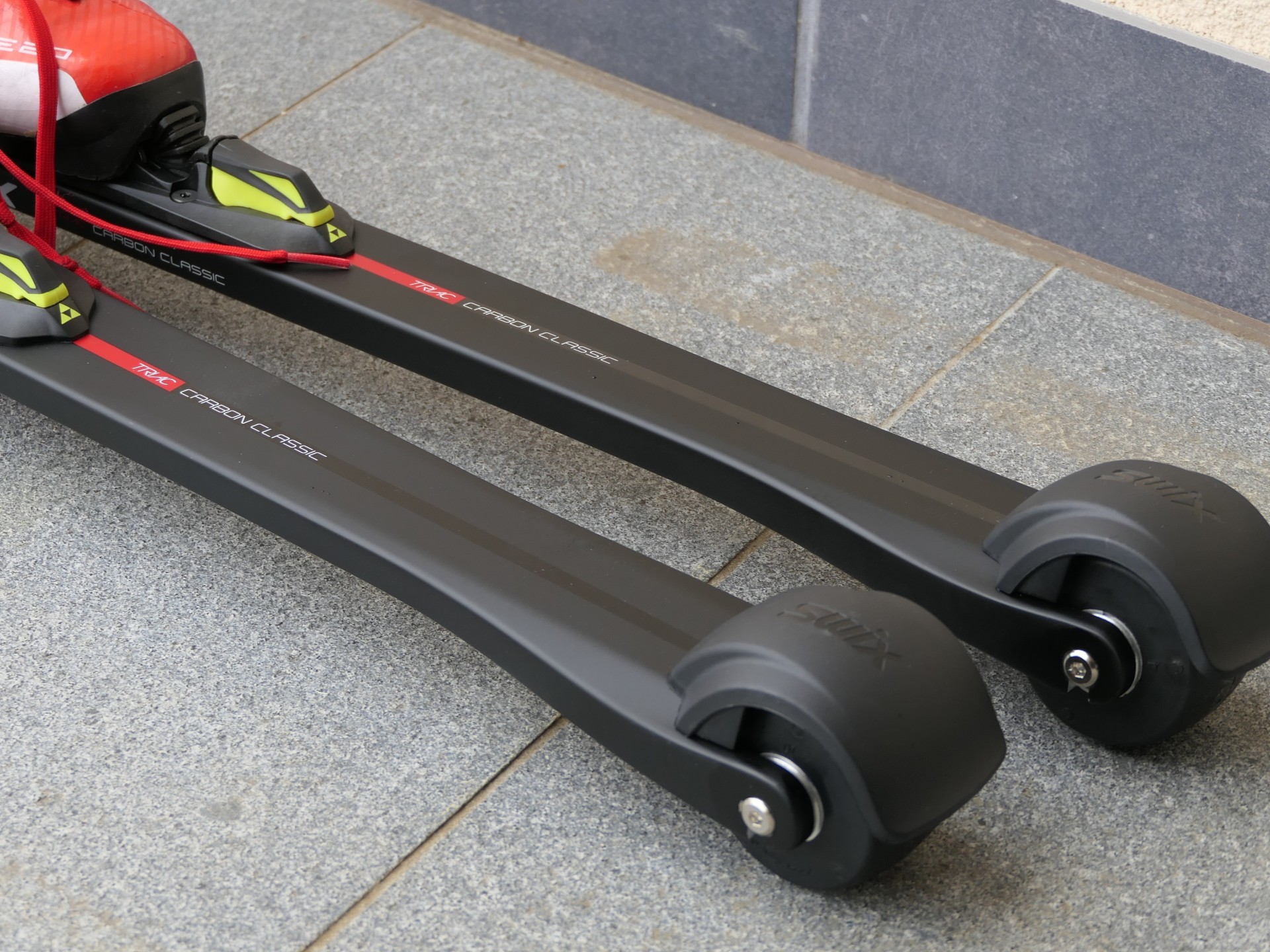
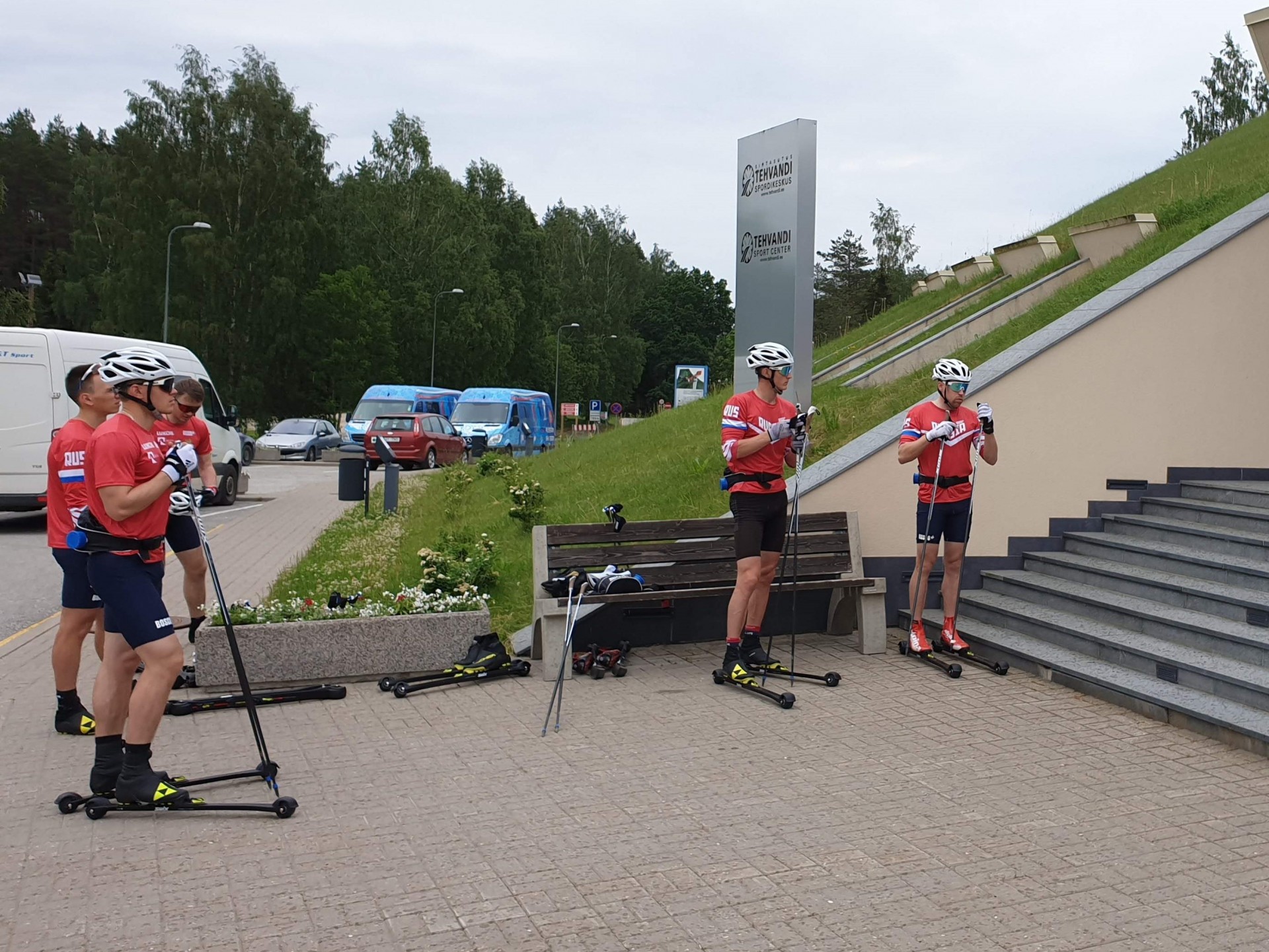
4. Marwe is one stand-out in “old guard of rollerski producers” ( we think Swix does not belong there – it bought and re-badged Pro-Ski fairly recently). The Finns rely both on their strong brand recognition and reputation of quality of their self-produced wheels. Another significant advantage: they’ve launched a new sleek website/online shop this year – nobody else in business has anything remotely as fancy!
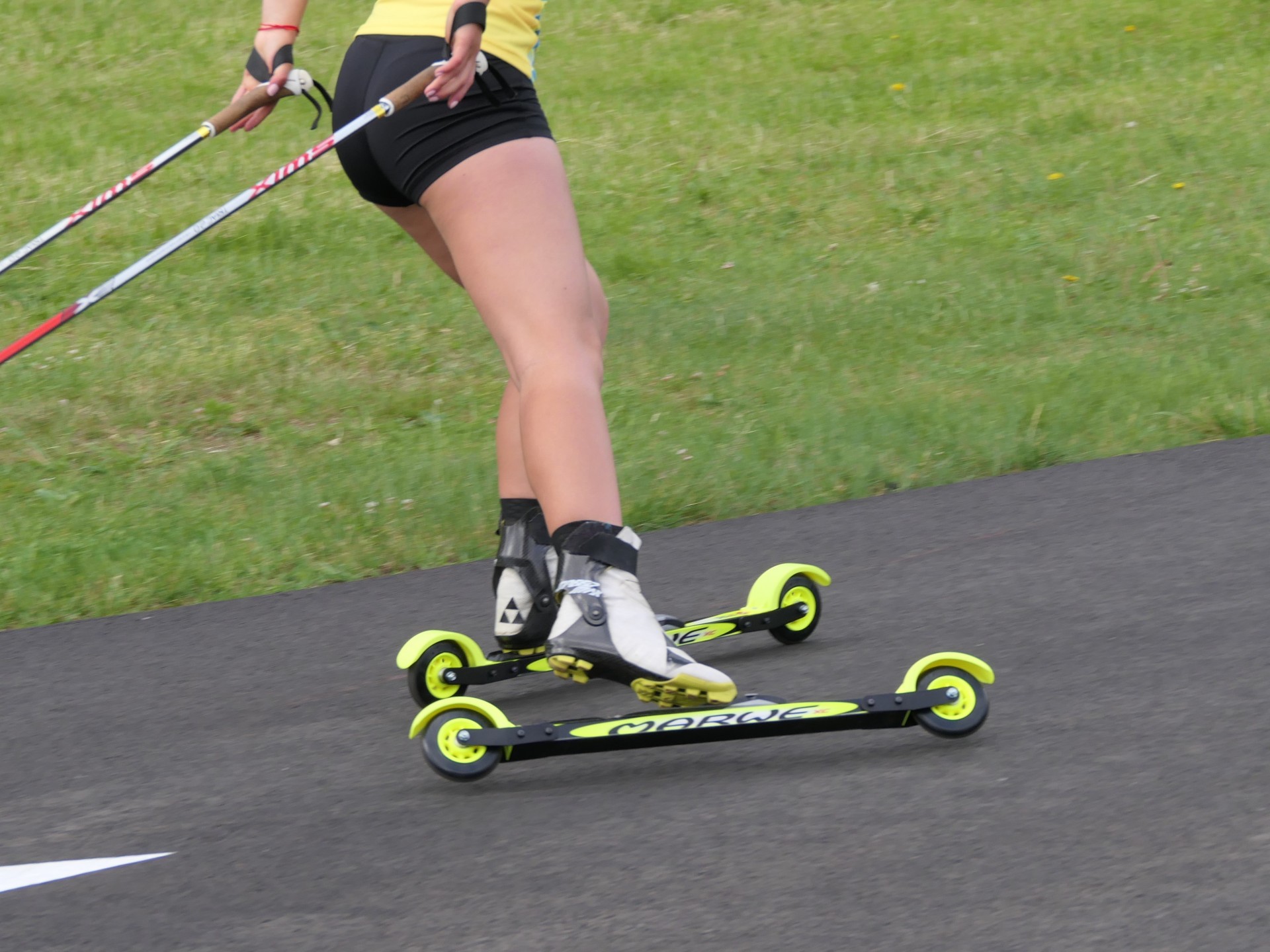
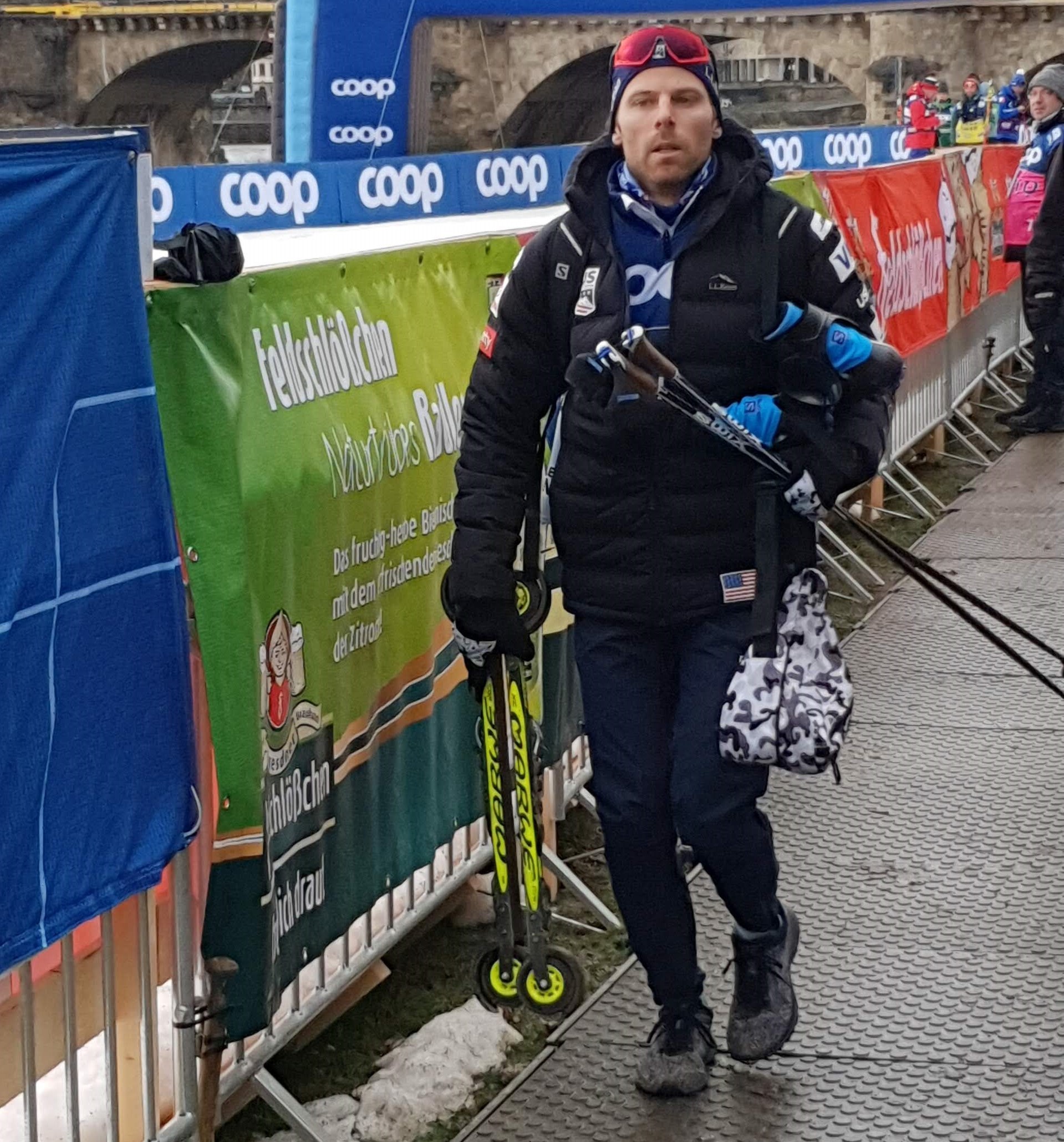
Summary:
Rollerski market might still be a fraction of the snow skis one – but it’s growing and expanding into places where “ski-skiing” would simply never come ( honorable mention of Bones Sport here that is working successfully at establishing rollerskiing in Latin America).
On the whole, the changes are rather tectonic: we almost get to see no brands that dominated the market mere five years ago. Certainly not among the top skiers – those icons, the paying public naturally aims to emulate.
Of course, the word of the mouth, the reputation for quality, would keep those brands afloat for a while. But how does “reputation” stacks up against the similar product that has got an endorsement by Klaebo? We think we know the answer.
Big fat lesson once again: if you don’t invest into marketing – you would sooner or later lose, period.
Related Posts
- Feeling Of Skiing – How Marwe Rollerskis Are Made
- Johannes Klaebo Shows Rollerskis He Uses In Training – And He Co-Developped Them
- Meet Man Behind Success Of Summer Skiing Fests In Norway
- Rollerski Update – News From Top Producers In Our Short Review
- Retail Giant Decathlon Steps Into Rollerski Business
